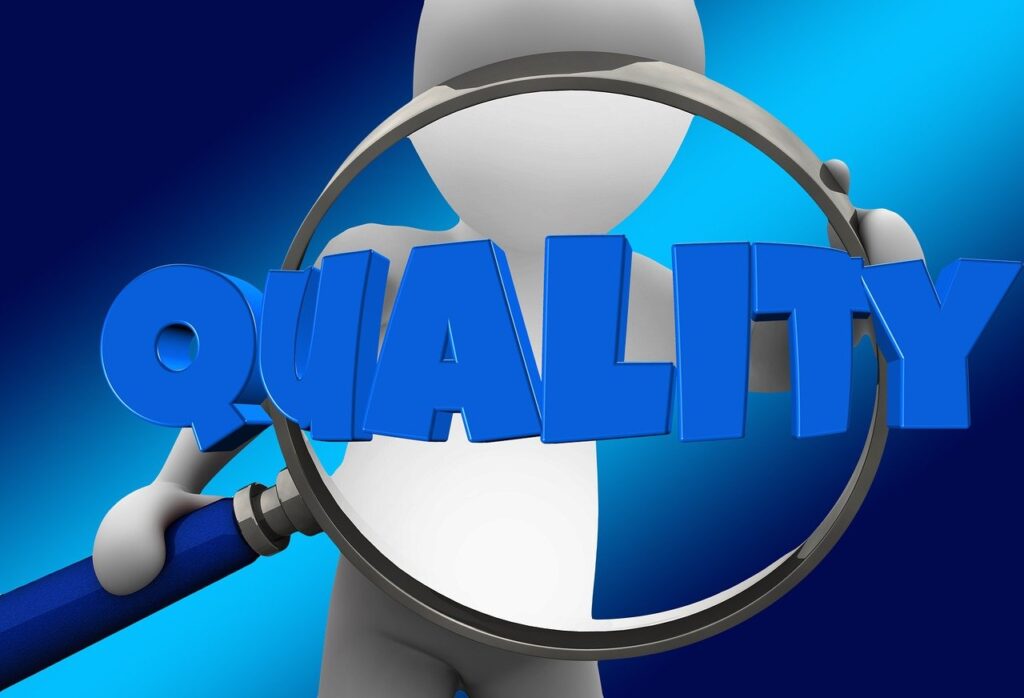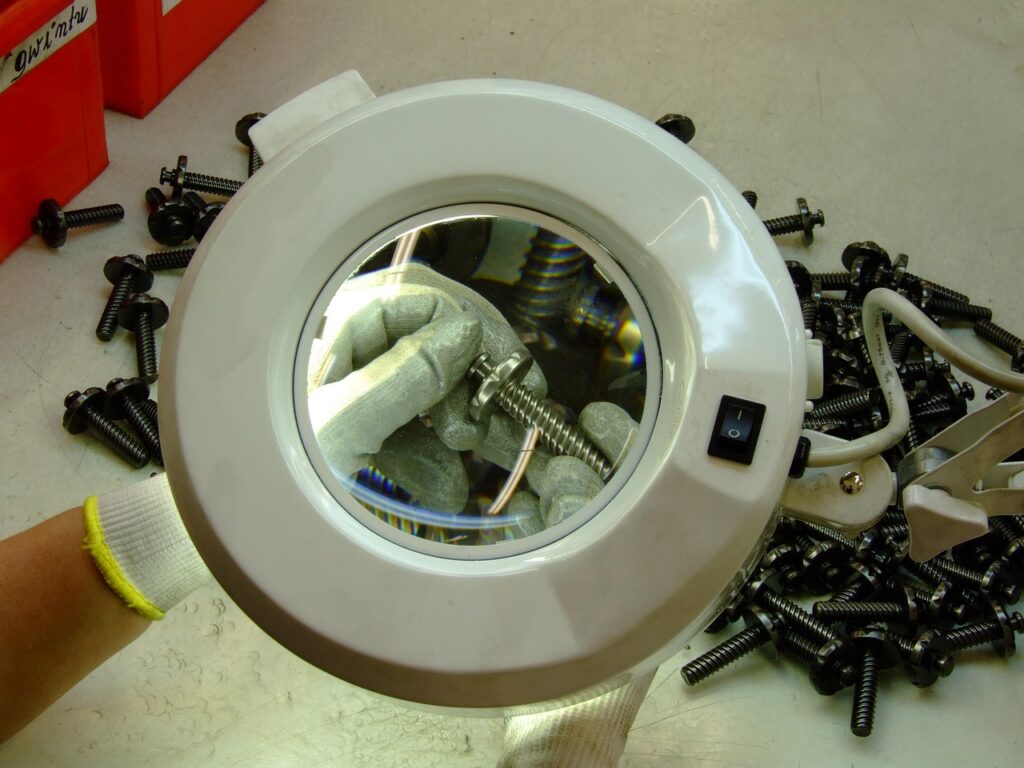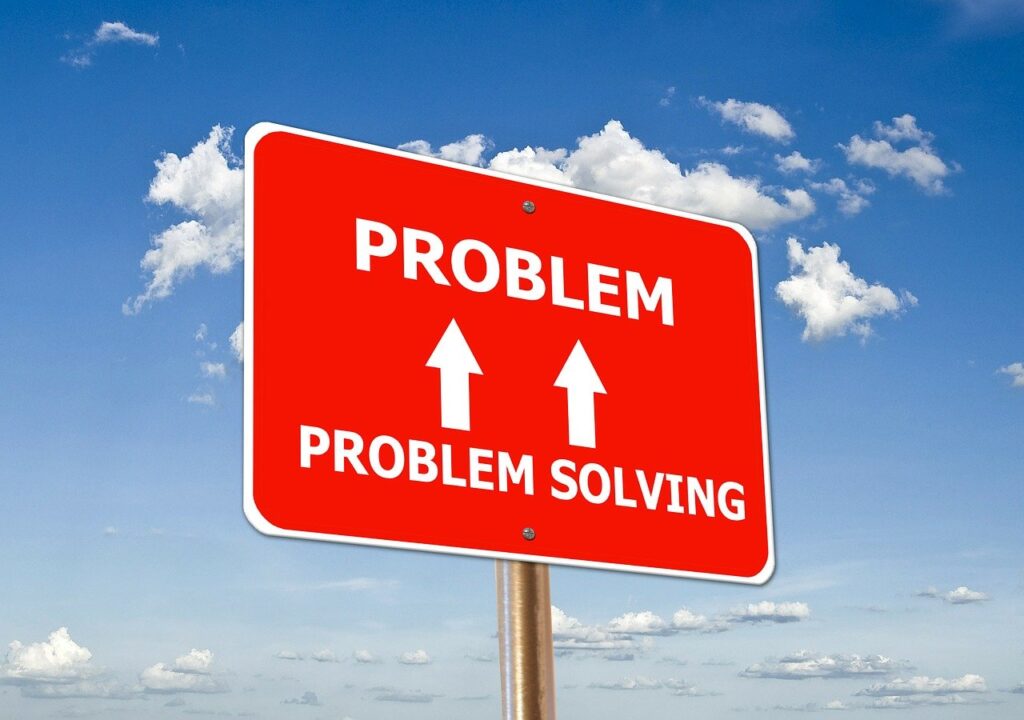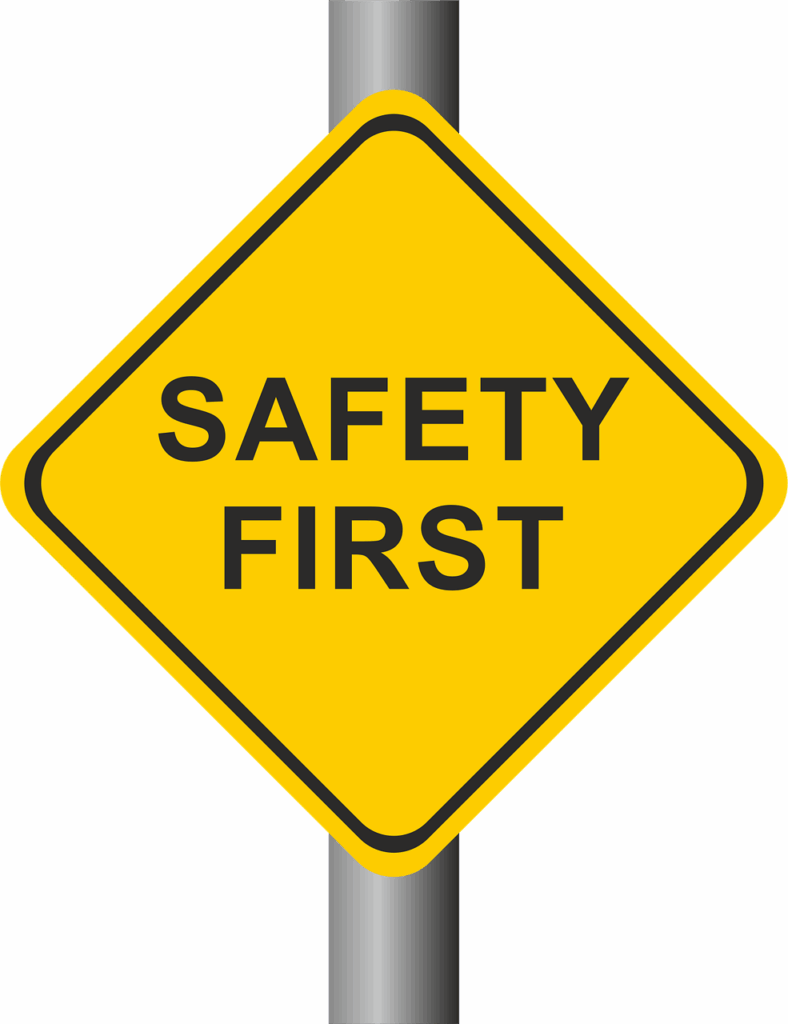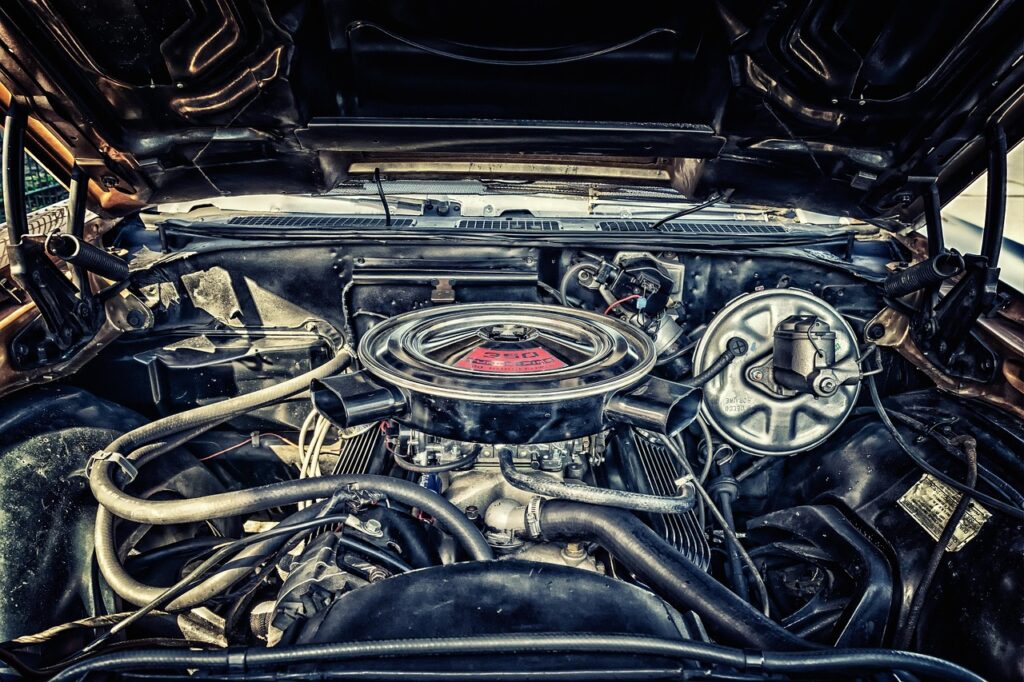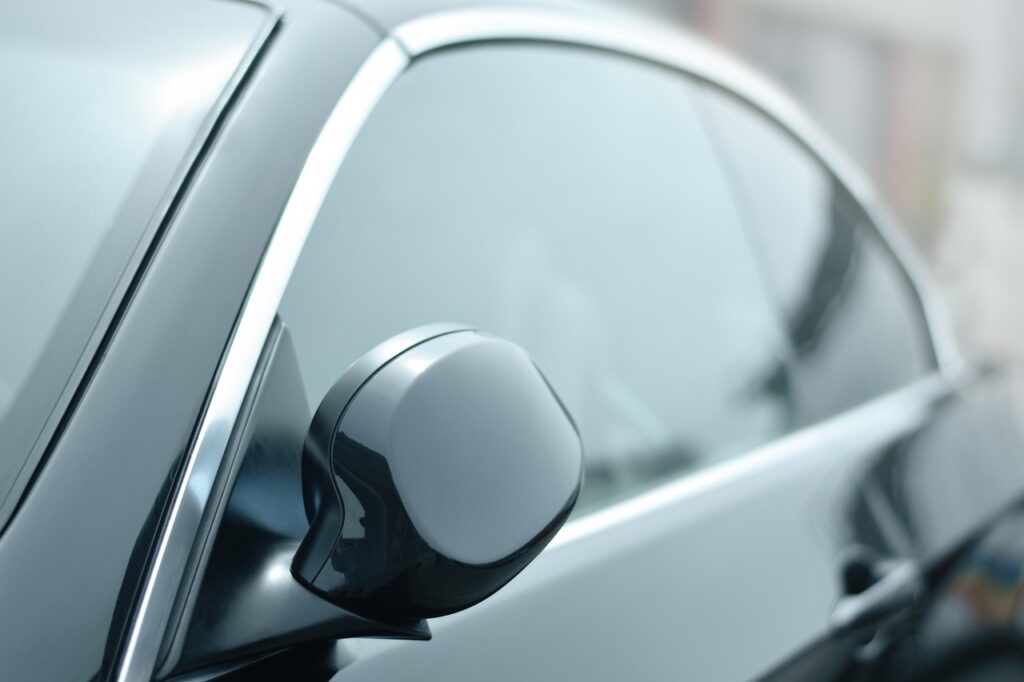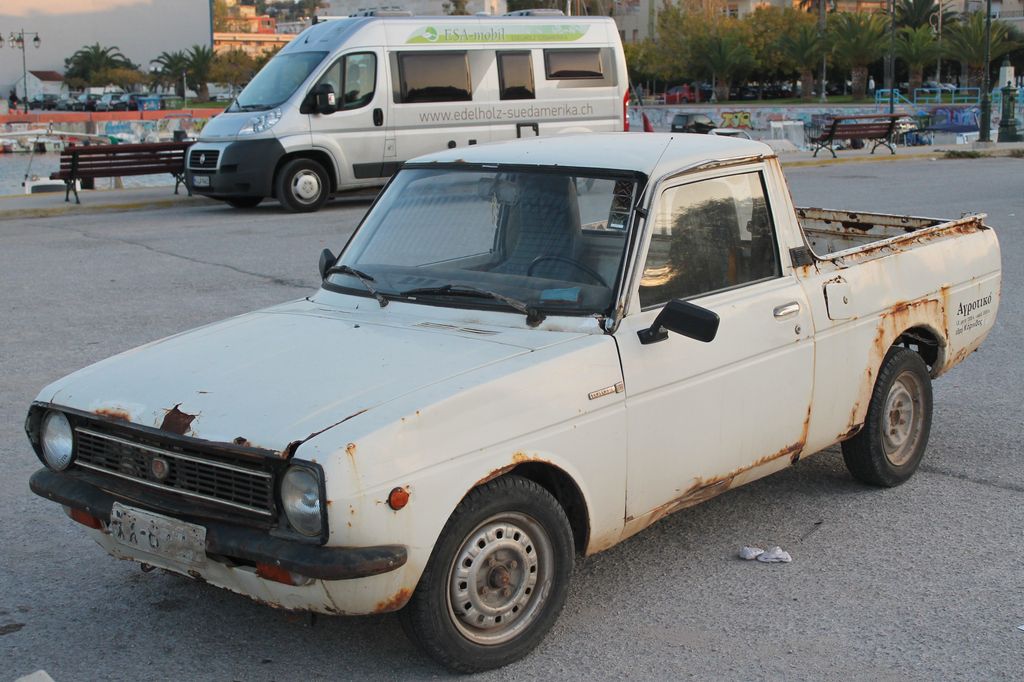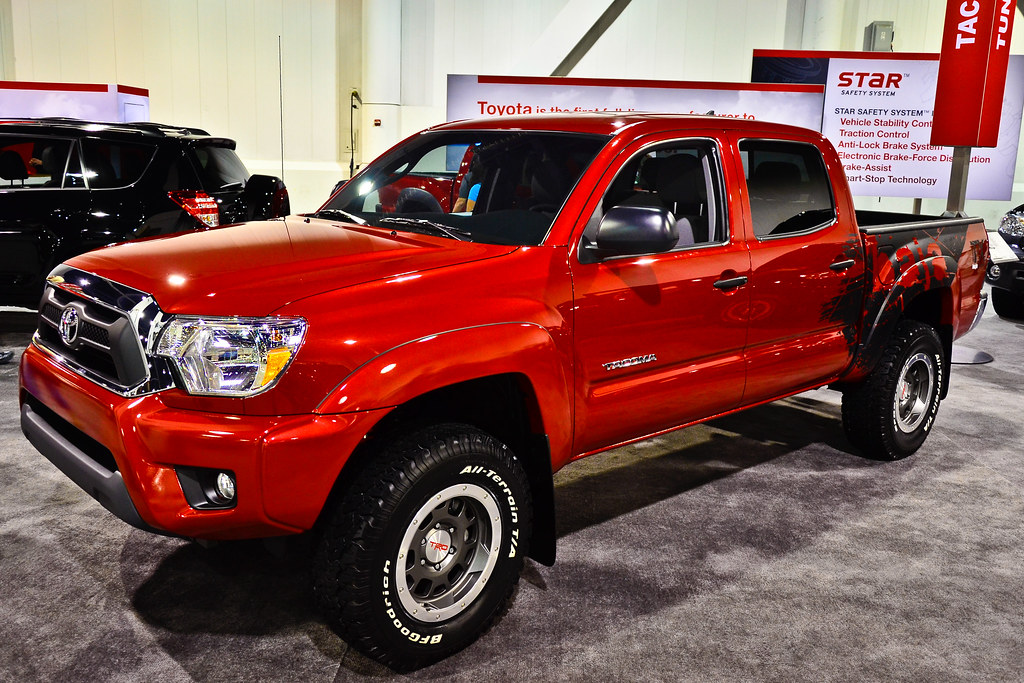The allure of a bargain is universal, especially when it comes to maintaining or enhancing our vehicles. In an effort to save money, many consumers turn to aftermarket parts and cheap tech accessories, believing they are making a savvy financial decision. However, this initial saving can often be a deceptive mirage, leading to far greater expenses, inconveniences, and even significant risks down the road. Understanding the true implications of these choices is crucial for any vehicle owner.
Opting for inexpensive car parts or accessories can be a gamble, one that frequently results in unexpected and costly outcomes. While the upfront price tag might seem appealing, these budget-friendly alternatives often compromise essential aspects of your vehicle’s operation, longevity, and even safety. What seems like a smart financial move can quickly unravel, transforming an anticipated upgrade into a source of frustration and unforeseen repairs.
This in-depth guide, presented in the spirit of objective and impartial consumer reporting, aims to equip you with the knowledge to make informed decisions. We delve into the numerous problems associated with aftermarket car parts and certain popular modifications that, despite their initial appeal, can end up costing you more later. By prioritizing factual information and practical advice, we help you navigate the complex world of automotive components and accessories, ensuring your purchasing decisions maximize value and safeguard your vehicle’s integrity.
1. **Poor Fitment and Installation Challenges**
One of the most frequently encountered issues with aftermarket car parts is their often-imprecise fitment compared to original equipment manufacturer (OEM) parts. While OEM components are designed specifically for your vehicle’s make and model, aftermarket alternatives may be engineered for a broader range of applications, leading to compromises in their dimensions and connections. This lack of precision can create immediate hurdles during the installation process.
Poor fitment can manifest in various ways, from parts that are difficult to align correctly to those that leave noticeable gaps or apply undue stress on surrounding components. Such improper alignment isn’t merely an aesthetic concern; it can directly impact the functionality and integrity of your vehicle’s systems. For instance, a misaligned body panel might lead to increased wind noise or water leakage, while a poorly fitting mechanical part could accelerate wear on related components.
Furthermore, the challenge extends beyond just the part itself to the installation process. Some aftermarket parts are designed in a way that necessitates professional installation, which can significantly increase the overall cost. Attempting a DIY installation with ill-fitting parts or without the proper tools can exacerbate the problem, potentially causing additional damage to the vehicle and escalating repair expenses far beyond the initial savings on the part itself.
Ultimately, poor fitment contributes to a cascade of potential issues. It can lead to components wearing out faster than expected, requiring more frequent replacements. The initial convenience and cost savings promised by the cheaper part quickly evaporate when faced with installation struggles, the need for costly professional intervention, or subsequent repairs caused by the original poor fitment.
Read more about: 11 SUVs That Promise Adventure But Deliver Owners Immediate Regret
2. **Lower Quality Materials and Shorter Lifespan**
Many aftermarket parts are produced using materials of lower quality when compared to their OEM counterparts. This difference in material specification is often a primary factor in their lower price point. Manufacturers of cheap aftermarket parts may cut corners on raw materials or manufacturing processes to keep costs down, directly impacting the component’s inherent strength and resilience.
This reliance on inferior materials has a direct and detrimental effect on the part’s durability and its ability to withstand the rigors of daily vehicle operation. Components made with substandard metals, plastics, or rubber may not possess the same tensile strength, heat resistance, or fatigue life as OEM parts. Consequently, they are less capable of enduring the stresses, vibrations, and environmental exposures that automotive parts routinely experience.
Such reduced durability inevitably leads to a higher likelihood of premature part failure. While an OEM part is designed to last for a specific operational lifespan, its cheaper aftermarket equivalent may break down, crack, or malfunction well before its expected service interval. This means that although the initial purchase price is lower, the frequency of replacements can quickly accumulate, negating any perceived savings.
Therefore, the seemingly attractive lower price tag for parts made from inferior materials often translates into higher long-term costs for the consumer. The cycle of frequent replacements and repairs due to premature breakdowns not only demands more financial outlay but also introduces inconvenience and potential safety concerns, making the initial “bargain” a significantly more expensive proposition in reality.
Read more about: Beyond the Hype: A Consumer’s Definitive Guide to Small SUVs, Value, and Smart Buying
3. **Inconsistent and Poor Performance**
One of the most concerning aspects of cheap aftermarket parts is the wide variability in their performance. Unlike OEM parts, which adhere to strict specifications set by the vehicle manufacturer, aftermarket components can vary significantly in quality and consistency, even within the same brand. This unpredictability can directly impact your vehicle’s overall reliability and, more critically, its safety.
Drivers may experience fluctuating performance characteristics that are not only undesirable but potentially dangerous in critical driving situations. For example, a budget-friendly steering component might offer sluggish handling, while dirt-cheap spark plugs could lead to reduced engine performance. Such inconsistencies make it difficult to anticipate how your vehicle will respond, diminishing confidence in its capabilities.
When vital components like brakes or suspension elements are sourced cheaply, the consequences can be particularly severe. Discounted brakes may deliver reduced stopping power, posing a significant risk in emergency situations. Similarly, suspension components that fail to perform consistently can compromise vehicle stability and control, especially at higher speeds or on uneven terrain. These performance shortcomings fundamentally detract from the driving experience.
Ultimately, the quest for a lower price on these crucial parts can take the joy out of driving and introduce an element of uncertainty. The promise of an easy upgrade can instead lead to a compromised vehicle that feels less responsive, less reliable, and potentially less safe, highlighting the true cost beyond the initial purchase price.
Read more about: Beyond the Badge: Uncovering the Hidden Flaws in 14 Fan-Favorite Vehicle Models
4. **Compatibility Problems and Software Malfunctions**
Modern vehicles are sophisticated machines, featuring intricate systems where parts and software are meticulously designed to work in harmony. A significant issue with many aftermarket components is their potential lack of complete compatibility with every vehicle model and make. While a part might superficially fit, its internal specifications or electronic signals may not align perfectly with your specific vehicle’s design.
This lack of true compatibility can lead to substantial operational issues. Even if a part can be physically installed, it may not function correctly within the vehicle’s integrated systems. Such problems can range from minor annoyances to severe functional impairments, necessitating further expenses to either correct the issue or source the proper OEM part. The initial “savings” are quickly overshadowed by the additional time and money spent resolving these integration headaches.
Adding another layer of complexity, modern vehicles rely heavily on electronic controls and sophisticated software. Many components, from engine sensors to control modules, are managed by the vehicle’s onboard computer. Introducing a knock-off aftermarket part that is not precisely compatible with this software architecture can trigger malfunctions. These parts may struggle to communicate effectively with the vehicle’s computer, leading to erratic behavior.
Software conflicts can manifest in various alarming ways: displaying false error codes, causing critical systems to act erratically, or even initiating total system shutdowns. For instance, an incompatible sensor could lead to the erroneous deactivation of essential safety features like Anti-lock Braking System (ABS) or Traction Control System (TCS). Such severe consequences underscore that compatibility is not merely a convenience but a critical factor in maintaining vehicle safety and functionality.
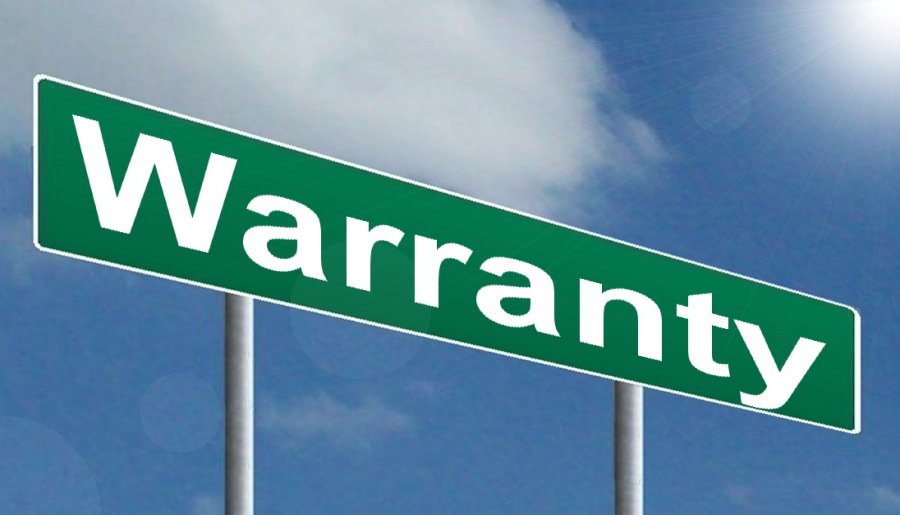
5. **Warranty and Manufacturer Voidances**
One of the most significant hidden costs of using aftermarket parts is the risk of voiding your vehicle’s warranty. Vehicle manufacturers explicitly design their warranties with the expectation that only original equipment manufacturer (OEM) parts will be used for maintenance and repairs. When non-OEM parts are introduced, manufacturers often reserve the right to refuse warranty coverage.
This means that if a repair becomes necessary, particularly one that the manufacturer believes is connected to the aftermarket component, you could find yourself entirely responsible for the costs. What might have been a covered repair under your vehicle’s warranty becomes an out-of-pocket expense, potentially running into hundreds or even thousands of dollars. The initial decision to save money on a cheaper part can thus result in a much larger financial burden if a warranty claim is denied.
Furthermore, the issue isn’t limited to the specific aftermarket part itself. Manufacturers may argue a “domino effect,” where a cheap, non-compliant part causes damage to other, otherwise warrantied, components. For example, an inexpensive aftermarket exhaust system that fails to meet manufacturer specifications could potentially lead to engine damage. In such scenarios, the manufacturer holds no responsibility, leaving the vehicle owner liable for repairs that would have been covered if OEM parts had been maintained.
Even seemingly minor or aesthetic modifications can carry this risk. For instance, applying non-OEM coatings, such as certain custom paint jobs or vinyl wraps, can lead to manufacturers voiding paint-related warranties. Consumers must meticulously review their vehicle’s warranty terms and consider the long-term financial protection they might be sacrificing for short-term savings on aftermarket components.
6. **Potential Safety Risks and Compromised Safety**
These safety risks are not hypothetical; they can have dire consequences, potentially leading to accidents or vehicle breakdowns at the worst possible times. When comparing cheap parts and OEM components side-by-side, a key distinction often lies in the cheap ones’ lack of important safety checks during their manufacturing process. This absence of quality control can result in components that are inherently less reliable and robust.
Components that are frequently targets for cost-cutting, such as brake pads, tires, or suspension elements, are precisely those that are most vital for safe vehicle operation. If a driver chooses to “cheap out” on these parts, they introduce a serious safety risk. In moments where maximum braking, precise steering, or stable suspension capabilities are most needed, these substandard parts might fail to deliver, jeopardizing the lives of the vehicle’s occupants and others on the road.
The context explicitly warns that “some aftermarket parts may not meet the stringent safety standards set for OEM parts. This can pose significant safety risks, as these parts may fail under stress or or not perform as expected in critical situations, potentially leading to accidents.” This authoritative statement underscores the paramount importance of prioritizing safety over perceived cost savings, urging consumers to be highly cautious about the origin and quality of any replacement parts.
Read more about: Beyond the Badge: Uncovering the Hidden Flaws in 14 Fan-Favorite Vehicle Models
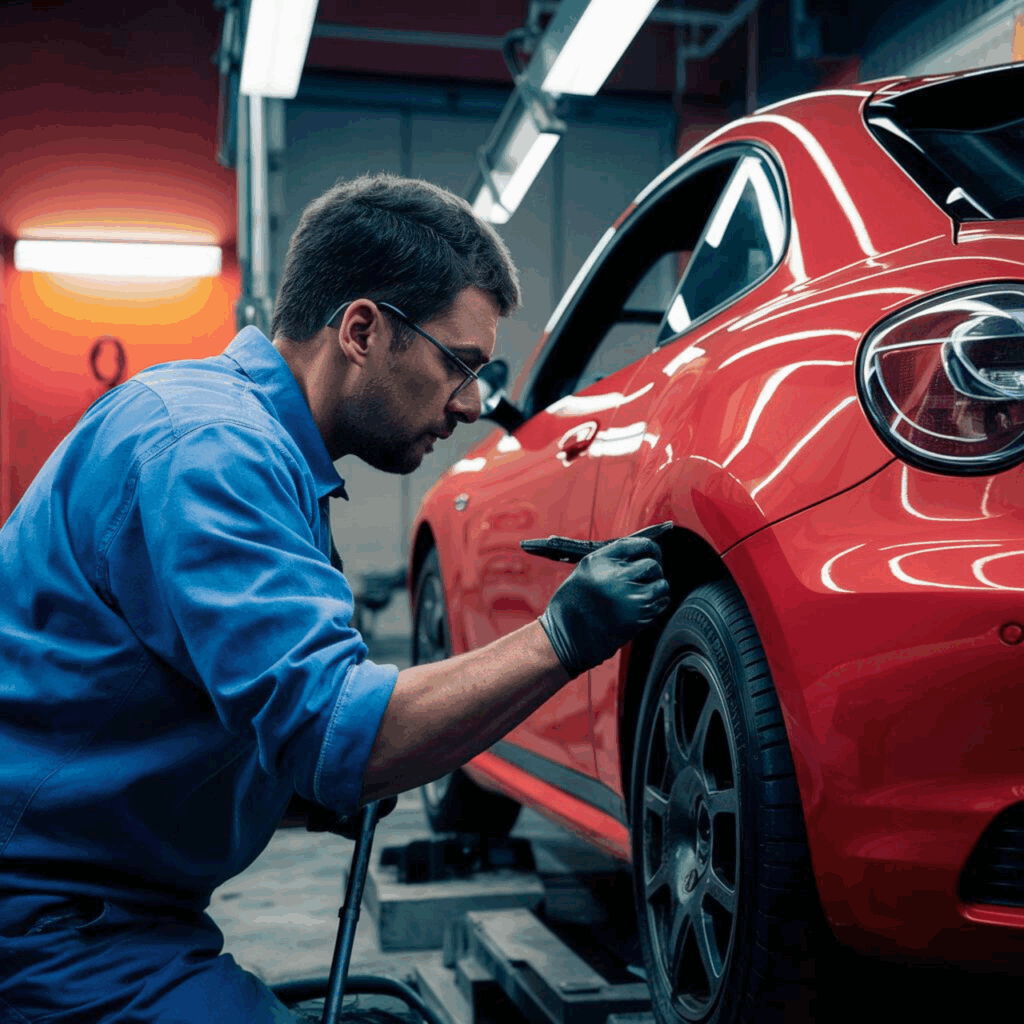
7. **Higher Maintenance Costs and Increased Risk of Breakdowns**
While the initial purchase price of cheap aftermarket parts is undeniably lower, this perceived saving often proves to be illusory in the long run. The lower quality materials and shorter lifespan inherent in these components inevitably lead to a need for more frequent replacements and repairs. This cycle of recurring maintenance expenses can quickly accumulate, transforming initial savings into substantially higher overall costs over the vehicle’s lifetime.
The promise of a bargain is often quickly offset by the need for additional repairs and the necessity to replace parts more often than would be required with OEM components. This means that the vehicle owner spends more time and money at the mechanic, not less. What began as an effort to economize becomes a constant drain on finances, making careful budgeting for vehicle upkeep nearly impossible.
Beyond just increased repair bills, cheap, cut-rate parts also significantly elevate the risk of unexpected vehicle breakdowns. These components, by their nature, perform poorly and have a propensity to fail prematurely. Such failures are not merely inconvenient; they can be critical and occur at the most inopportune moments, potentially leaving you stranded far from home or assistance.
Consider the scenario of a knock-off timing belt snapping unexpectedly while you are on your way to work on a Monday morning. The inconvenience of being stranded on the roadside, coupled with the emergency towing and repair costs, quickly demonstrates why “it’s better to stick to OEM parts” to avoid such stress and expense. The initial saving on a cheap part pales in comparison to the disruption and financial burden of an unforeseen breakdown.
Read more about: Beyond the Badge: Uncovering the Hidden Flaws in 14 Fan-Favorite Vehicle Models
8. **Resale Value Impact**
Vehicles equipped with aftermarket parts often face a notable reduction in their resale value. When prospective buyers evaluate a pre-owned vehicle, they typically favor those that retain original equipment manufacturer (OEM) components. These parts are perceived as more reliable and of a higher quality standard, inherently making the vehicle more appealing on the used car market. This preference can directly impact the vehicle’s overall market value, leading to lower offers than expected.
The presence of discounted or non-OEM replacement parts is often easily detectable by experienced buyers or mechanics during an inspection. Such detection can cause a significant dip in the vehicle’s perceived value, as it raises questions about the car’s maintenance history and the quality of previous repairs. What initially seemed like a clever way to save money on parts can quickly become futile when it’s time to sell, as the buyer’s offer falls below market expectations.
Even aesthetic modifications, while seemingly harmless, can significantly deter potential buyers. Custom paint jobs or permanent vinyl wraps, for example, have a niche appeal and may not resonate with the average purchaser who prefers a factory finish. The context notes that such bright colors and unique designs can limit the potential market for your vehicle, making it harder to find a buyer at a good price.
Furthermore, cheap vinyl wraps can pose additional problems upon removal, often leaving behind stubborn adhesive residue or even damaging the original factory paint beneath. This can lead to costly correction work that further erodes the vehicle’s value. Manufacturers also frequently void paint-related warranties if non-OEM coatings are applied, removing a layer of protection for the new owner and adding another reason for value depreciation.
Read more about: Beyond the Badge: Uncovering the Hidden Flaws in 14 Fan-Favorite Vehicle Models

9. **Increased Insurance Premiums**
The decision to opt for “budget-friendly” aftermarket parts can have an often-overlooked financial consequence: a potential increase in your vehicle’s insurance premiums. Insurance companies are deeply concerned with risk assessment, and the quality of parts used in your vehicle plays a direct role in this evaluation. They monitor the quality of components to determine the likelihood of future claims.
Aftermarket parts, especially those of lower quality, are associated with increased safety risks and a higher propensity for breakdowns, as discussed in earlier sections. When these risks are perceived as elevated by an insurance provider, it logically translates into a higher premium. The insurer sees a greater chance of having to pay out for repairs or accident claims.
Consider an example: if a vehicle owner installs low-quality brake pads that are not recommended by the manufacturer, the insurance provider may deem this as an increased risk. This could lead them to raise the premium to account for the heightened danger of an accident due to compromised stopping power. The initial savings on those cheap brakes could quickly be overshadowed by these ongoing, higher insurance costs, negating any perceived financial benefit.
This illustrates how the long-term financial implications of cheap parts extend beyond just repair costs. The ongoing expense of higher insurance premiums becomes an additional burden, diminishing the overall value proposition of using non-OEM components. It’s a subtle but significant way that initial “savings” can unravel into greater expenses.
Read more about: Beyond the Hype: A Consumer’s Definitive Guide to Small SUVs, Value, and Smart Buying
10. **Increased Environmental Impact**
Beyond the direct financial and safety considerations, the choice of cheap aftermarket parts can also carry significant environmental consequences. While quality OEM parts are designed not only for performance and safety but also to contribute to a reduced environmental footprint, their knock-off counterparts often fall short in these critical areas. This can lead to unexpected ecological harm.
A prime example lies in emissions control systems. Compromising on a knock-off catalytic converter, for instance, means it may not effectively reduce emissions as well as the original one. This directly results in excessive air pollution, contributing to smog and other atmospheric issues. Such parts fail to meet the stringent environmental standards that OEM components are designed to uphold.
Moreover, the inherently shorter lifespan and lower durability of low-cost aftermarket parts necessitate more frequent replacement. This cycle of premature failure and replacement has its own environmental cost. The continuous production of these parts, even if individually cheap, collectively consumes more energy and raw resources. This increased demand for materials and manufacturing processes contributes to a larger overall environmental footprint.
Therefore, while the individual purchase of a cheap part might seem insignificant, the widespread adoption and rapid turnover of such components contribute to a larger ecological burden. This often-overlooked aspect of budget automotive choices underscores the broader societal and environmental costs that extend far beyond the individual vehicle owner.
Read more about: 14 Luxury Cars Quietly Going Out of Style: An In-Depth Look at Automotive Evolution

11. **Difficulty in Finding Replacement**
Investing in low-cost, off-brand aftermarket parts can present a unique and frustrating challenge when those parts inevitably fail: the difficulty in finding a suitable replacement. Unlike established OEM components or reputable aftermarket brands that maintain consistent production and widespread availability, knock-off parts often originate from less stable or even “fishy” manufacturers. This makes long-term support highly unreliable.
When such a part breaks down, vehicle owners may discover that the manufacturer has ceased production or simply disappeared from the market. This scenario leaves the consumer in a predicament, as the exact replacement part is no longer readily available. The initial savings from the cheap purchase quickly fade when faced with the arduous task of sourcing a compatible alternative.
The struggle to find a replacement can force vehicle owners into undesirable compromises. They might be compelled to settle for a subpar alternative that introduces new problems or to spend a considerable amount of additional time and money searching for a truly compatible option. This often means returning to the expense of purchasing an OEM part or a higher-quality aftermarket equivalent, essentially paying twice for the same component.
The inconvenience and financial strain associated with this difficulty in sourcing replacements can be substantial. It’s a stark reminder that the true cost of an automotive part extends beyond its initial price tag to include its long-term availability and the support infrastructure behind it. Opting for unverified sources for cheap parts can lead to unforeseen complications and greater expenditures down the line.
Read more about: Dodgy Drives and Mechanical Mayhem: 14 Japanese Cars You Absolutely Should Not Buy, According to an Automotive Expert

12. **Specific Risky Modifications: Oversized Rims and Low-Profile Tires**
The desire for a customized look often leads enthusiasts to “cool car accessories” like oversized rims paired with low-profile tires. While these modifications are popular for their sleek appearance and sporty feel, they come with a host of hidden dangers that can significantly reduce vehicle performance and cause considerable damage over time. This aesthetic upgrade can introduce several risks that lead to costly repairs and a diminished driving experience.
One immediate impact is a reduced ride quality. Low-profile tires, by their very design, offer less cushioning compared to standard tires, making the ride much stiffer and more uncomfortable. This is particularly noticeable on rough roads or over speed bumps. Furthermore, the heavier nature of oversized rims puts extra strain on vital suspension components, accelerating their wear and leading to premature failure, requiring earlier replacement.
Beyond comfort and suspension integrity, these modifications can also negatively affect fuel efficiency. Larger wheels inherently create more rolling resistance, which forces the engine to work harder to maintain speed. This increased workload translates directly into higher fuel consumption, eroding any perceived savings from the modification over the vehicle’s operational lifespan.
Perhaps most critically, low-profile tires offer minimal protection against common road imperfections such as potholes. Their thin sidewalls greatly increase the chances of bent rims and sudden tire blowouts, posing significant safety hazards and leading to immediate repair costs. What appears to be an upgrade can quickly become a source of ongoing frustration and unexpected expenses, highlighting the hidden costs of such aesthetic choices.
13. **Specific Risky Modifications: Excessive Lighting**
Modern vehicles often feature advanced lighting, and the appeal of high-powered LED or HID headlights, along with interior neon and underglow lights, is undeniable for those seeking a “futuristic look.” However, when these popular car accessories are sourced cheaply or improperly installed, they introduce significant electrical system hazards and safety risks that far outweigh their aesthetic benefits.
For high-powered headlights, cheap LED or HID kits frequently draw excessive power, overloading the vehicle’s electrical system. This can lead to blown fuses, undue strain on the alternator, and accelerated battery drain, potentially leaving drivers stranded. More critically, many aftermarket kits lack proper beam control, creating excessive glare that blinds oncoming drivers and significantly increases the risk of accidents. Legal issues also arise, as many states strictly regulate headlight brightness and color, potentially leading to fines or failed inspections.
Similarly, excessive interior neon and underglow lights, while popular aesthetic modifications, can severely damage the vehicle’s electrical system. Running multiple high-powered lights can quickly deplete the battery, again risking stranding the driver. Improperly installed wiring for these systems poses a substantial fire hazard due to overheating, a danger that no aesthetic enhancement is worth.
Beyond the electrical and fire risks, these excessive lighting modifications can also lead to legal complications. Many jurisdictions have specific prohibitions against certain underglow lights, particularly those that mimic emergency vehicle colors, resulting in fines and compliance issues. The pursuit of a flashy appearance can therefore lead to both immediate safety concerns and unexpected legal troubles.
14. **Specific Risky Modifications: Dark Window Tints and Aesthetic Issues**
Window tints are a popular car accessory for enhancing privacy and reducing glare, offering a “cool” appeal. However, applying tints that are excessively dark creates significant safety and legal issues, often without the driver’s full awareness of the risks. While drivers may seek privacy or a particular look, such extreme darkness can severely compromise visibility, especially during crucial driving conditions.
The primary safety concern with overly dark tints is reduced visibility, particularly at night or in low-light environments. This diminished clarity makes it harder for drivers to perceive their surroundings, increasing the risk of accidents. Furthermore, law enforcement and first responders may struggle to see inside the vehicle during an accident or traffic stop, which can complicate emergency situations and raise security concerns.
Beyond direct safety, dark window tints are frequently subject to strict traffic regulations. Many states and localities have specific laws regarding permissible window tint percentages. Violating these regulations can result in significant fines or cause a vehicle to fail mandatory safety inspections, leading to additional expenses to bring the vehicle into compliance. The aesthetic choice can thus lead directly to legal and financial repercussions.
Expanding on aesthetic concerns, the use of low-quality aftermarket parts can also fundamentally compromise a vehicle’s appearance. Gaps, misalignments, and an overall “cheapjack” look can ruin the vehicle’s aesthetics, even if the part itself is functional. For instance, inexpensive bumpers might not be a perfect fit, requiring forced adjustments that create unsightly gaps and detract from the vehicle’s overall polished appearance. A mismatched or poorly applied paint job on aftermarket components can further exacerbate these visual flaws, making the vehicle look less maintained and ultimately harming its resale value.
The temptation of cheap tech accessories and budget automotive modifications is often a false economy. While the initial savings might seem appealing, the comprehensive risks—from compromised safety and voided warranties to increased long-term costs and diminished resale value—paint a clear picture. For the discerning consumer, making informed choices means prioritizing quality, compatibility, and safety over the allure of a low price tag. Your vehicle is a significant investment; protect it with components that are designed for reliability and longevity, ensuring peace of mind and genuine value for years to come.



